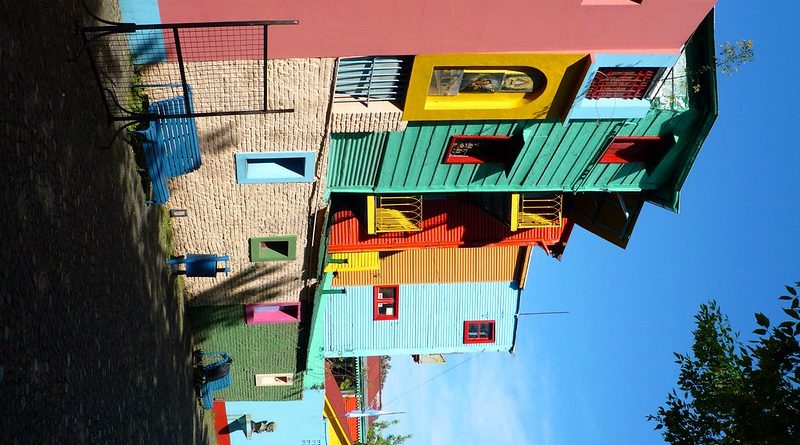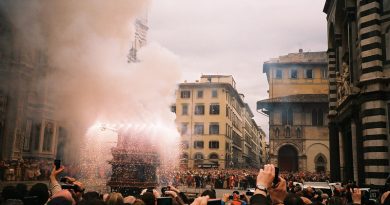La Boca: The Humble History of the Beautiful Barrio
In the mid 19th century, this now famous Buenos Aires’ neighbourhood – or barrio – became home to poor Spanish and Italian migrants who settled along the Rio Riachuelo. Literally meaning “the mouth”, La Boca, which is located in the far south of modern day Buenos Aires, was the gateway for millions to a new land, world and life.
By the 1880’s many of these new immigrants were working in the meatpacking plants and warehouses processing and shipping out much of Argentina’s newly refrigerated beef to the world — a trade in frozen meat that would eventually gain international notoriety and make the country rich.
The country’s population grew from 90,000 to 1.5 million in just 50 years. Many of those immigrants came to Buenos Aires, and many settled in La Boca. These poor port dwellers saw the need for colour in their neighbourhood and so put the left over paint used to maintain the port’s barges to good use by painting over the corrugated iron walls of their houses. The added colour made for a much brighter community, and so began a long-held tradition which gave this famous barrio its unique and colourful identity. Nowhere more so is this evident than along El Caminito, the barrio’s most famous street, now one of Buenos Aires’ most popular tourist attractions.
Another of La Boca’s iconic sites from this nation building era is the Puente Transbordador, a famous transporter bridge built in 1908 and today one of only a handful left in the world. Built to transport cars, trains and people across the Rio Riachuelo, it was replaced by Puente Nicolas Avellanda in 1939 which now stands directly behind it.
More information:
Read: High Culture in Buenos Aires: The Teatro Colón
Read: Day Trips from Buenos Aires: Colonia del Sacramento
Watch: Bazaar – Buenos Aires




